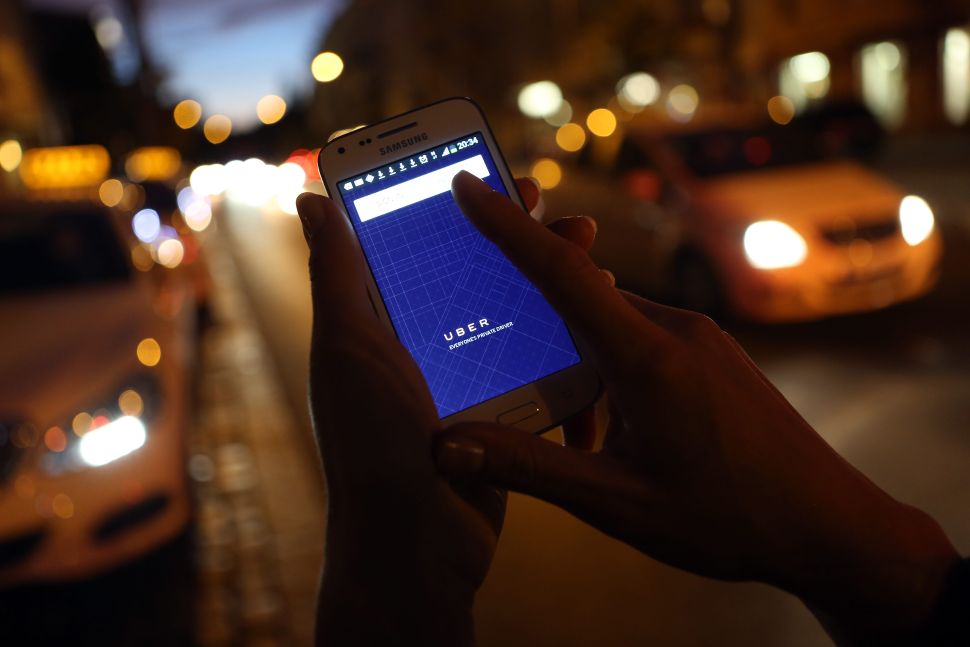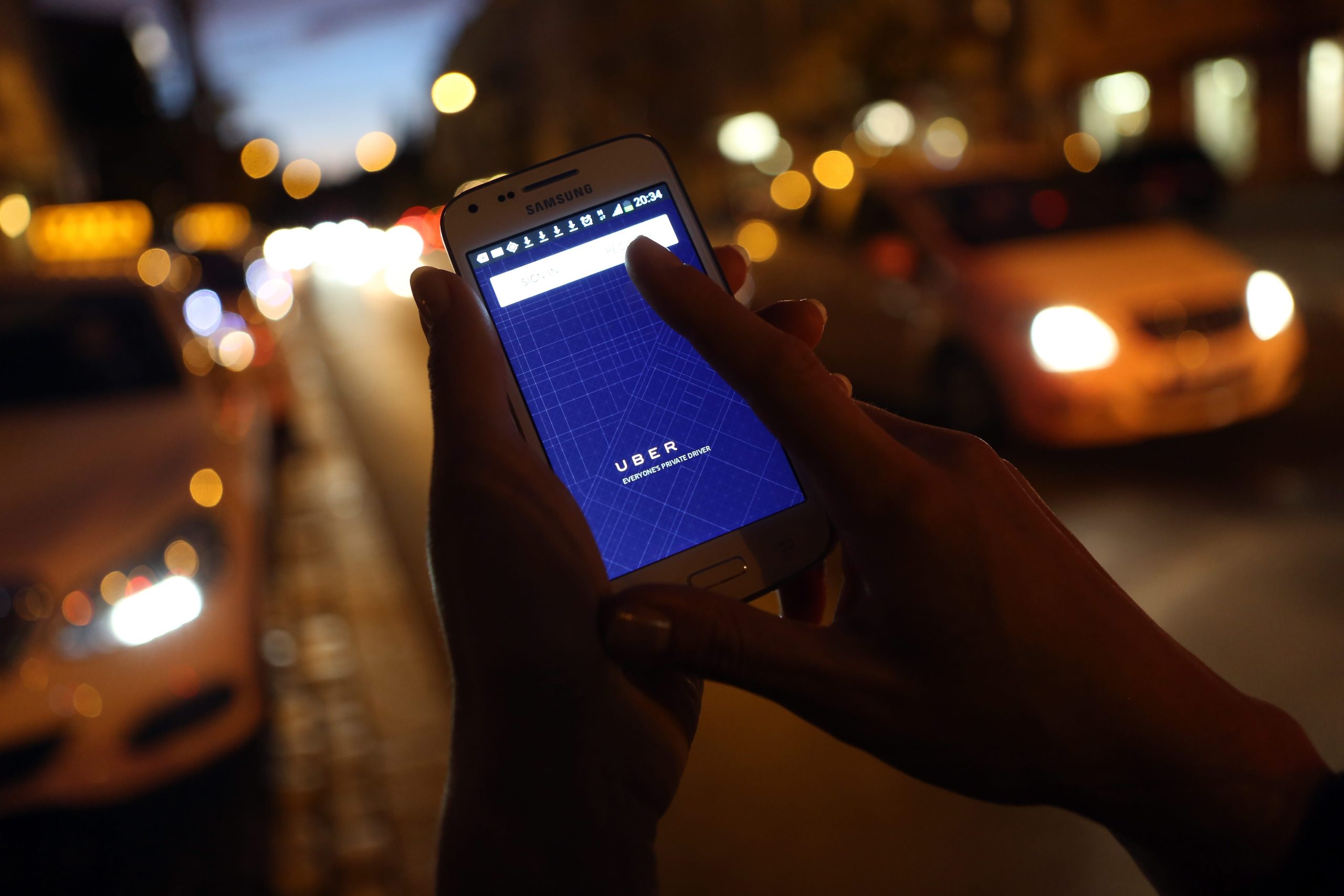
Uber had to gave up some of its futuristic goals previous year owing to the pandemic. Adam Berry/Getty Visuals
Uber has pledged to work “100 per cent electric†rides in North American and Europe by 2030 and the relaxation of the globe by 2040. But long run Uber automobiles will not search like any electric powered car or truck we see on the highway these days alternatively, they will be intended with the assist of Uber drivers themselves, created in “micro-factories,†and run by swappable batteries as a substitute of charging stations.
At minimum that’s what we’ve guessed based on Uber’s silent and chaotic deal-producing in the electric powered motor vehicle startup scene.
Final 7 days, Uber signed a deal with U.K.-centered Arrival, a startup specializing in industrial automobiles, to acquire an electrical motor vehicle specifically for experience-hailing. The motor vehicle, the two organizations claimed, will be intended with the enter of Uber motorists to make certain that it gives the optimum driver ease and comfort and protection. (A normal trip-hailing car or truck on common drives four occasions much more miles for each yr than a common particular automobile.) The target is to make “hundreds of modest enhancements, modifications and tweaks to the style and design that potentially have not been applied ahead of,†Arrival’s head of mobility Tom Elvidge informed The Verge.
According to early renderings of the structure Arrival has shared, the inside of the potential Uber car or truck seems rather identical to that of a Tesla car or truck, which capabilities a massive display screen at the center and minimalistic design and style elsewhere. The corporation hopes to finalize the style by the close of this yr and start off production in 2023.
If it functions properly, the car or truck could be utilized by other trip-hailing organizations way too, Arrival stated.
Arrival’s primary goods are electrical vans and buses. The 5-12 months-old firm, backed by Kia and Hyundai, has an $500 million pre-get from UPS to make 10,000 shipping and delivery vans for its long run fleet.
Uber experienced to shut down quite a few of its in-property moonshot initiatives very last calendar year to reserve income for combating the money blow of the COVID-19 pandemic. The experience-hailing large offered its traveling automobile workforce to Joby Aviation in December and closed its autonomous driving unit ATG the identical month.
Considering that then Uber has taken a far more practical strategy when adopting new tech. The company has been viewing the EV space closely, but is picky when it will come to forming partnerships.
A single of the other handful of startups that received Uber’s unique consideration lately is Ample, a San Francisco-primarily based firm specializing in battery swapping, an rising technology pioneered by Chinese EV makers to change the classic charging approach.
Ample tends to make modular, Lego brick-like batteries that can be assembled into many measurements and designs to healthy distinct EVs. Uber is essentially its initial customer. The startup has developed 5 battery swap stations in the San Francisco Bay Place particularly for Uber motorists.
Drivers with supported electric vehicles can trade a invested battery for a absolutely charged a person in much less than 10 minutes. Swapping time is envisioned to be even further condensed to below 5 minutes by the conclusion of 2021.
“A ton of people today believe of energy as the new fuel. But in reality, the batteries are the new gasoline. That is a somewhat various way to feel about it,†Ample co-founder and president John de Souza advised Observer in a current interview.

